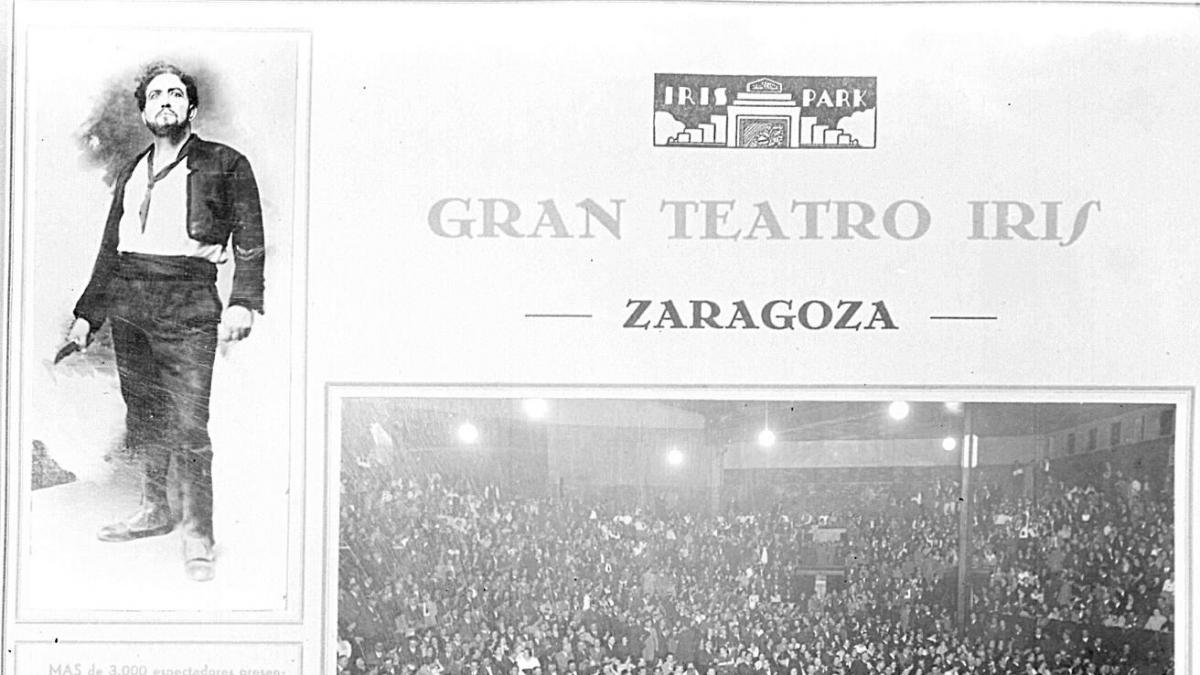This Wednesday marks 66 years of the inauguration in Zaragoza of the Gran Teatro Iris, designed by the architect José de Yarza and García. On February 24, 1955 it began its activity with a jota show by the Agrupación Raza Aragonesa.
As we tell the next day in HERALDOAt its inauguration were attended by representatives of local newspapers and companies, artists from the ‘Candilejas’ company that performs at the Argensola Theater and some private friends, among whom was the architect of the works, Mr. Yarza. Once the blessing is over of the building, the parish priest of the church of Santiago, Mr. Luis Calabia, stated that this inauguration was important “Not only for a private company, but also for the city of Zaragoza because it is a large show hall ”, pointing out that“ theater and cinema should be a school of good manners ”. Next, the businessman Don José Parra accompanied the guests to tour the building through all its dependencies.
It had a capacity of 1,710 seats and a stage 9 meters deep and 16 meters wide, which “exceeded in dimensions all those in Spain, with the exception of the Liceo. The façade is already a preview of the enormous proportions of the theater and its modern style”, we have in HERALDO.
–
–
The new Iris Theater It was built on the plot that housed an entertainment complex known as Iris Park (inaugurated in 1931), which had, among other things, a cinema, a theater and a skating rink. It was demolished at the end of 1953 to raise the new building designed both for the representation of theatrical works and for the projection of cinema films.
El Iris would change its name a few years after its opening, in 1958, by that of the Aragonese tenor Miguel Fleta, at the initiative of HERALDO DE ARAGÓN.
At present, the Fleta Theater (located on César Augusto avenue) is one of the city’s urban scars since it closed its doors to the public on January 14, 1999 with the screening of ‘The mask of the fox’. In 1998, it passed into public hands when it was acquired by the Government of Aragon and although throughout these years various uses have been proposed for the building (Headquarters of the Aragonese Dramatic Center and the Zaragoza Film Library or the Aragonese Radio and Television Corporation …) finally, none of these proposals has seen the light. What remains of the Fleta continues to seek to recover the magic it had in its day.
– .


